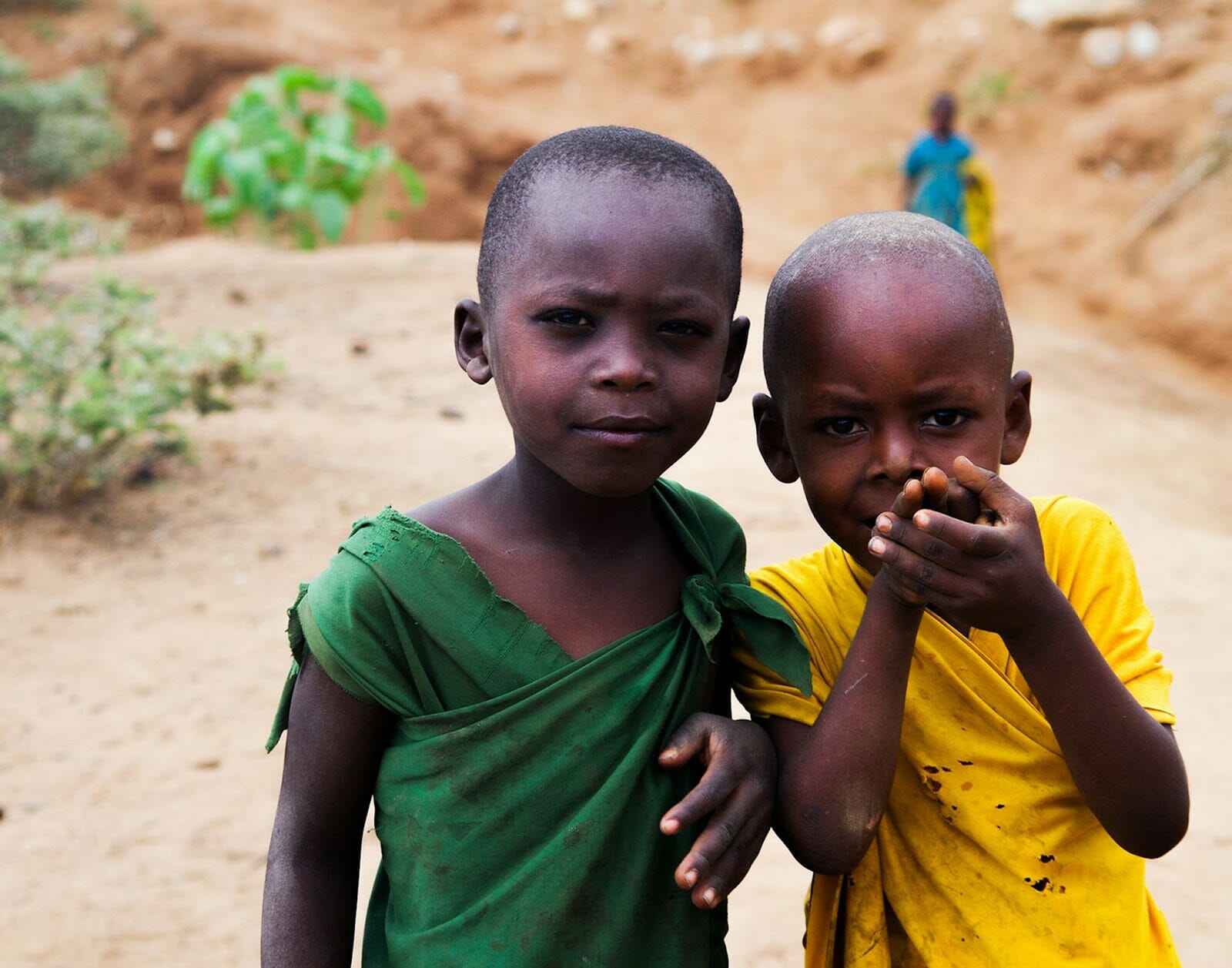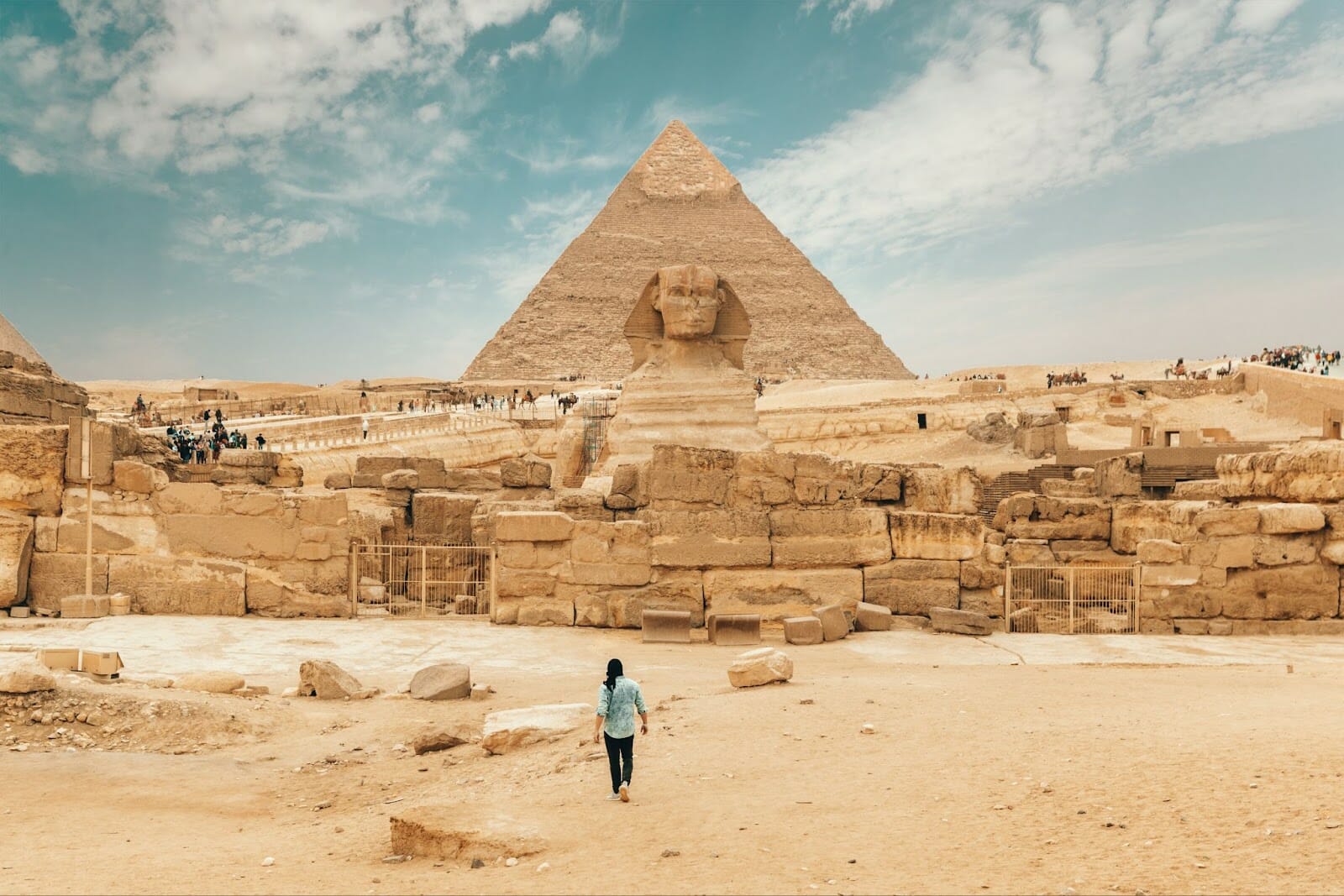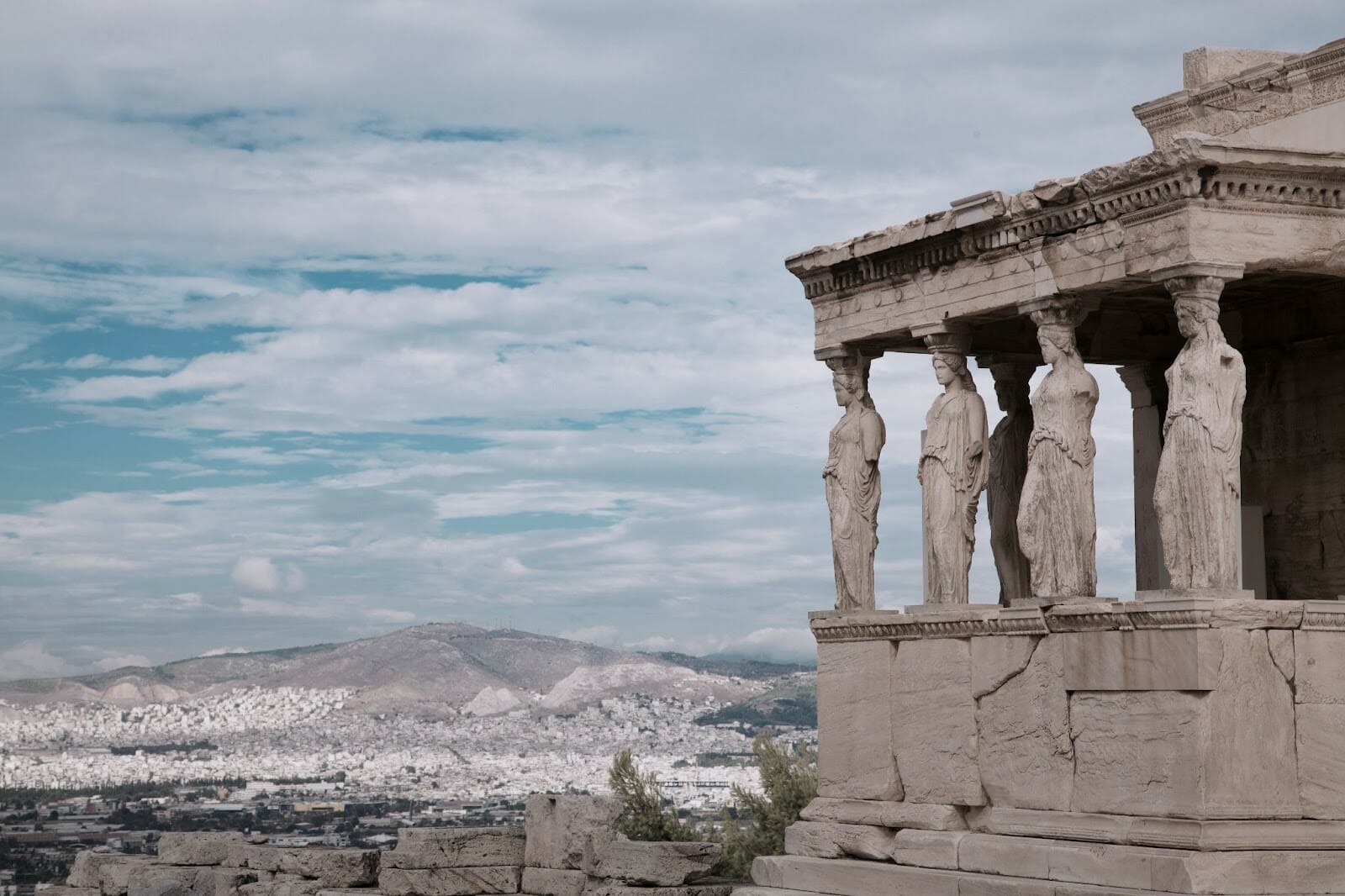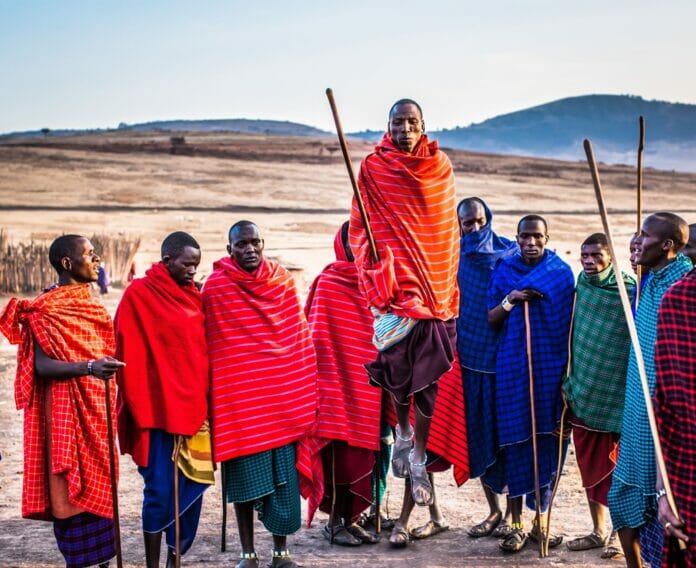Found primarily in Kenya and Tanzania, the Maasai tribe is an ancient ethnic group known for their unique culture and rich history. Their oral tradition paved the way for the passing of knowledge and myths from one generation to the next. One such myth is “The Beginnings of the Maasai”, which sheds light on the origin of the tribe.
Neiterkob’s daughter most likely tells this myth to provide new generations with insight into the Maasai’s past and maintain the cultural heritage of the tribe.
Why Does Neiterkob’s Daughter Most Likely Tell the Myth “The Beginnings of the Maasai”?
The Maasai tribe is an indigenous group located in Kenya and Tanzania. They are known for their unique culture, customs, and dress.
The Maasai people are believed to have migrated to East Africa from the Nile region around the 15th century. Their history is steeped in traditions of warrior culture, livestock raising, and a deep connection to the land.
The Maasai tribe is famous for their clothing, which consists of bright red shukas (cloths) worn by men, and beaded necklaces and earrings worn by both genders. These adornments have cultural and spiritual significance and serve as a sign of wealth and status.
The Maasai are known for their strong beliefs in preserving their way of life and becoming self-reliant. Despite their traditional way of life, young Maasai leaders and women have started advocating for education and economic empowerment for their community.
Today, the Maasai tribe is an integral part of Kenyan and Tanzanian cultural heritage and continues to inspire awe for their unique customs and traditions.

The Maasai Culture and Way of Life
The Maasai people are a proud and independent tribe with a rich history and culture. Their way of life is centred around their cattle, which they believe are a gift from their god, Enkai.
The Maasai are semi-nomadic and traditionally live in small villages called manyattas, which consist of circular huts made of mud, sticks, and cow dung.
Their way of life is closely tied to their traditions and customs, including their intricate beading work, red clothing, and warrior traditions.
Unfortunately, the Maasai way of life is threatened by ongoing land disputes and the loss of grazing lands for their cattle. Efforts are being made to preserve their culture and way of life through ecotourism and other initiatives.
Learning about the Maasai can provide a deeper appreciation for their unique way of life and the importance of cultural preservation.
How the Maasai culture differs from other African cultures
The Maasai tribe is unique in its customs, traditions, and way of life, setting it apart from other African cultures.
Here’s how the Maasai culture differs:
| Dressing style: | The Maasai people are known for their vibrant, colourful clothing and intricate beaded jewellery, which is a stark contrast to the more neutral colours and planer clothing worn by many other African tribes. |
| Livelihood: | The Maasai rely heavily on their cattle and other livestock for food, livelihood, and wealth, which sets them apart from other tribes that engage in agriculture, hunting, or trading. |
| Dances and music: | The Maasai have several traditional dances that are performed at different occasions and carry important cultural meaning, such as the Adumu or “jumping dance,” which is unique to the Maasai and symbolises bravery and strength. |
| Beliefs: | The Maasai have a unique spiritual belief system that centres around the concept of “Enkai” or “Supreme Being” and includes practices such as animal sacrifice and ritual circumcision. |
Pro tip: Learning about other cultures and ways of life can broaden our perspectives and understanding of the world, fostering empathy and appreciation for diversity.
The Beginnings of the Maasai
The Maasai tribe is one of the most well-known African peoples, with a rich history and culture that dates back centuries. Neiterkob, a Maasai elder, is known for telling stories about the tribe’s origin, including the myth “The Beginnings of the Maasai.” Neiterkob’s daughter most likely tells this myth to preserve the Maasai’s history, culture, and traditions.
In this article, we will explore the origins of the Maasai tribe and why Neiterkob’s daughter may tell this myth specifically.
Neiterkob’s Daughter and the Myth
“Neiterkob’s Daughter and the Myth” is a prominent part of the rich history and culture of the Maasai tribe, and serves as a testament to their belief system.
According to the myth, Neiterkob, the creator of all things, had a daughter named Gelai. One day, Gelai descended to earth and encountered a group of young men. They offered to help her on her journey, but demanded payment in return. Gelai refused, stating that her father would never allow such a transaction. Infuriated, the young men killed her by pushing her off a cliff. In response, Neiterkob destroyed the earth with a great flood, except for one tree on which two survivors, a man and a woman, clung. From these two survivors, the Maasai tribe was eventually born.
This myth serves as a reminder of the Maasai’s strong beliefs in the power of nature and the consequences of immoral behaviour.

Possible reasons for the creation of the myth
The creation of the myth around the origins of the Maasai tribe can be attributed to several factors.
One reason could be the tribe’s desire to create a distinctive identity and preserve their culture in the face of increasing modernization and colonisation.
Another reason could be the western anthropologists’ fascination with the “primitive” and “exotic”, leading them to perpetuate and romanticise the myth of the Maasai as fierce and noble savages living in harmony with nature.
Additionally, the myth could have been propagated as a form of political propaganda during the era of African nationalism and independence movements, emphasising the Maasai’s bravery and resistance to colonial rule.
Despite the origins of the myth, the Maasai tribe has a rich and diverse history and culture, encompassing their nomadic lifestyle, traditional dress, music and dance, and intricate social structures.
The significance of the myth for the Maasai people
The Maasai people have a rich history and culture, and their myths and folklore play a significant role in shaping their identity and beliefs. One of the most important myths for the Maasai people is the story of their origin, which explains where they came from and how they are connected to the natural world.
According to the myth, the Maasai people were created by the god Enkai, who entrusted them with the responsibility of caring for the earth and all its creatures. The myth also explains the close relationship between the Maasai people and their cattle, which are believed to be a gift from Enkai.
For the Maasai people, this myth is not just a story but a way of life, shaping their beliefs about their place in the world and their obligations to the environment and its inhabitants. It continues to be passed down from generation to generation, keeping the Maasai people connected to their past and their cultural heritage.
The Maasai in Modern Times
The Maasai, a semi-nomadic African people, have a rich history and culture. For centuries, the Maasai have lived and worked in the East African region of modern-day Kenya and Tanzania. To this day, they still practise and maintain their cultural heritage.
Today, we will explore why Neiterkob’s daughter most likely tells the myth of “The Beginnings of the Maasai.”
Challenges the Maasai tribe faces today
The Maasai tribe, known for their rich culture and history, faces several challenges in modern times. One of the significant issues is the steady encroachment of their traditional grazing land by outside forces, leading to the loss of grazing land and water resources.
In addition, the Maasai’s traditional way of life conflicts with modern-day conservation efforts, leading to forced evictions from protected areas. The tribe also faces difficulties in access to education and healthcare due to remote living conditions, poverty, and cultural barriers. Other problems include limited economic opportunities, land disputes, and cultural erosion caused by modernization.
Despite these challenges, the Maasai people have continued to fight for their cultural preservation and basic human rights through activism and advocacy.
Pro tip: Supporting Maasai-led organisations and projects is one way to help the tribe overcome the challenges they face.
Preservation of the Maasai culture and traditions
The Maasai tribe, known for their semi-nomadic lifestyle and distinctive red dress, has faced challenges in preserving their culture and traditions in modern times. However, efforts are underway to maintain their unique identity and heritage.
One such initiative is the establishment of cultural centres where visitors can learn about Maasai history, customs, and ceremonies. These centres provide a source of income for Maasai communities while preserving their way of life.
Another effort is the advocacy for land rights, as traditional Maasai grazing lands are threatened by encroachment from outside settlements and government initiatives.
Additionally, educational programs have been set up to promote literacy and the use of the Maasai language, which is in danger of disappearing.
Through these efforts and others, the Maasai people strive to maintain their cultural heritage while adapting to modern times.
| Pro Tip: |
| If you are interested in learning more about Maasai culture, visit one of the many Maasai cultural centres where you can witness traditional dances and ceremonies, purchase authentic Maasai crafts and support the community. |

The Maasai’s role in the African Ecotourism Industry
The Maasai people have played a significant role in the African ecotourism industry, promoting sustainable tourism and conservation efforts while sharing their rich culture and traditions.
Traditionally pastoralists, the Maasai have adapted to modern times by utilising tourism as a means of economic development while promoting their cultural identity.
The Maasai offer unique and authentic cultural experiences to tourists through their homestays, village tours, and guided wildlife safaris. They also partner with conservation organisations to promote sustainable use of natural resources and protect wildlife habitats.
In addition to their contributions to the tourism industry, the Maasai continue to maintain their traditional way of life through their customs, ceremonies, and dress. In modern times, the Maasai have faced challenges such as loss of natural resources and land degradation, but continue to work towards a sustainable future while preserving their cultural heritage.
Pro tip: When travelling to Maasai land, it is important to respect their customs and culture by seeking permission before taking photos, supporting local businesses, and being mindful of their traditional way of life.


